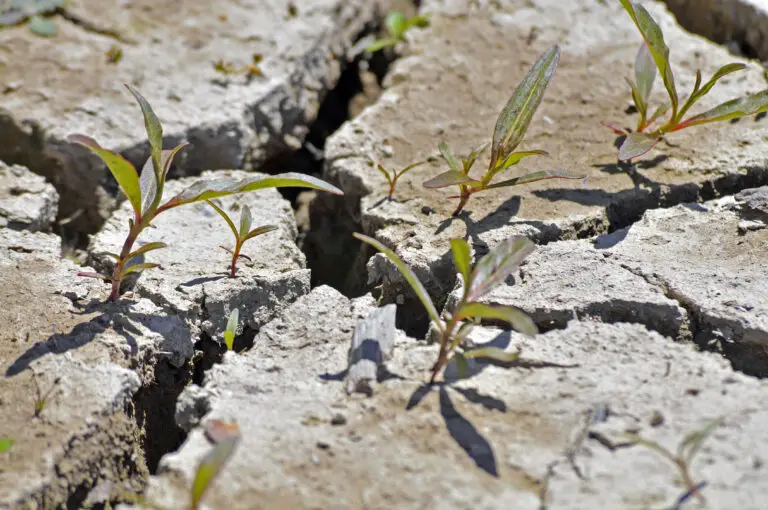How to Fix Clay Soils Naturally: From Rock Hard to Healthy Full of Live Soil
If you’ve struggled with heavy, compacted clay soil, you’re not alone. In this post, I share how I naturally improved the tough clay in my small Australian garden using simple, sustainable methods. Whether you’re starting fresh or slowly building better soil, this guide is for you.

When we first moved into our home in Melbourne, I had a vision for a thriving, low-maintenance native garden. But there was one not-so-little issue: the soil. It was classic suburban clay — heavy, compacted, and almost impossible to dig. In summer, it baked hard; in winter, it held water like a sponge. Not ideal for most plants.
If you’re dealing with similar soil, don’t be discouraged. With a bit of consistency and some natural amendments, I’ve seen real improvements in my small garden — without needing to excavate or replace the soil. Here’s what genuinely worked for me:
- Compost was key
Every bit of compost from the kitchen or garden went straight back into the soil. Rather than digging it in, I simply layered compost on top, letting time, rain, and worms gradually incorporate it. Over time, this helped build healthier topsoil and improved drainage. - Leaf litter and mulch made a huge difference
Come autumn, Melbourne offers up an abundance of fallen leaves. I started collecting them (yes, I became that neighbour with the rake) and combined them with mulch like sugarcane or bark chips. Layering this over the soil protected it from erosion, retained moisture, and slowly boosted the organic matter. - Gypsum helped loosen things up
I used gypsum (calcium sulfate) sparingly to help break up the clay particles without altering the pH. A few applications across the year, watered in well, seemed to make the soil more workable over time. It’s one of the few soil additives I actually found worthwhile. - Plants did the digging for me
Instead of digging into the clay, I focused on planting species with strong root systems to do the work naturally. Native grasses like Themeda and Poa, along with tough groundcovers like Dichondra repens and native violet, gradually improved the structure of the soil as their roots grew and died back. - No digging, no compaction
Avoiding compaction became a top priority. I stopped turning over the soil and used stepping stones to prevent foot traffic on wet areas. This allowed soil organisms to do their job and reduced further compression.
Patience and consistency paid off
After a year or so, I started noticing better drainage, darker soil, and plants that genuinely thrived. Clay soil still has its quirks, but it also has strengths — like holding moisture and nutrients once improved.
If you’re working with clay, try not to rush the process. Focus on building organic matter, protecting the soil surface, and letting nature do most of the heavy lifting.
